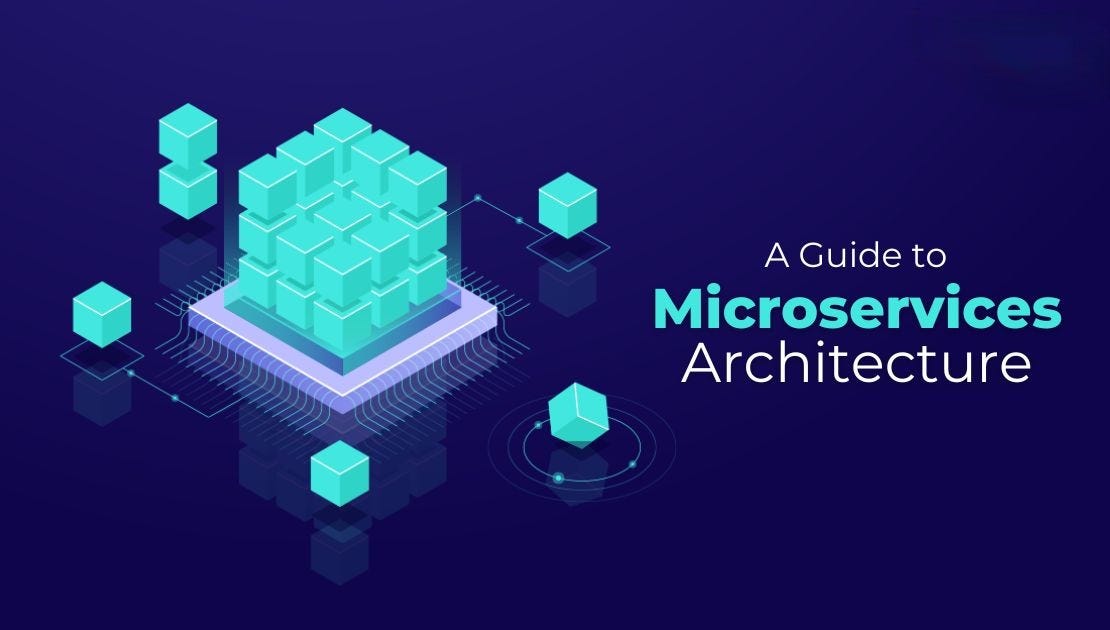Introduction: Architects and engineers are always looking for novel ways to improve efficiency, scalability, and maintainability in the dynamic field of software development. Microservices architecture is one such strategy that has been increasingly popular in recent years. This paradigm change in software architecture transforms the way programs are created, implemented, and managed, and it has several advantages.
Understanding Microservices Architecture
Microservices architecture is a design pattern that structures an application as a collection of loosely coupled services, each responsible for performing a specific business function. Unlike monolithic architecture, where an application is built as a single, indivisible unit, microservices break down the system into smaller, independent components that can be developed, deployed, and scaled independently.
Key Characteristics of Microservices
Modularity: Microservices promote modularity by breaking down complex applications into smaller, manageable services. Each service focuses on a specific business capability, such as user authentication, data processing, or payment processing.
Independence: Each microservice operates independently of others, enabling teams to choose the most suitable technology stack, programming language, and database for individual services. This autonomy fosters innovation and accelerates development cycles.
Scalability: Microservices facilitate horizontal scaling, allowing organizations to scale individual services based on demand without affecting the entire application. This elasticity ensures optimal resource utilization and improved performance during peak loads.
Resilience: By isolating failure points and enforcing clear boundaries between services, microservices architecture enhances system resilience. Failures in one service do not cascade across the entire application, ensuring graceful degradation and improved fault tolerance.
Continuous Deployment: Microservices streamline the deployment process by enabling continuous delivery and deployment of independent services. Teams can release updates, patches, and new features without disrupting the entire application, leading to faster time-to-market and enhanced agility.
Benefits of Microservices Architecture
Scalability: Microservices enable organizations to scale individual components based on demand, ensuring optimal resource utilization and improved performance.
Flexibility: Teams have the flexibility to choose the most suitable technology stack for each service, promoting innovation and adaptability to changing requirements.
Faster Time-to-Market: The modular nature of microservices allows for parallel development and deployment, reducing time-to-market for new features and updates.
Improved Fault Isolation: Isolating services minimizes the impact of failures, enhancing system resilience and fault tolerance.
Enhanced Maintainability: Microservices simplify maintenance and updates by isolating changes to specific services, reducing the risk of regression errors and minimizing downtime.
Challenges and Considerations
While microservices offer numerous advantages, they also present challenges that organizations must address:
Complexity: Managing a distributed system of interconnected services introduces complexity in terms of deployment, monitoring, and debugging.
Consistency: Ensuring consistency across services, especially regarding data management and communication protocols, requires careful design and governance.
Operational Overhead: Operating and managing a large number of services requires robust infrastructure, monitoring tools, and DevOps practices to ensure reliability and performance.
Integration Testing: Testing interactions between services and ensuring compatibility across versions can be challenging and requires comprehensive integration testing strategies.
Conclusion
Microservices architecture has emerged as a game-changer in software development, offering unparalleled flexibility, scalability, and resilience. By breaking down monolithic applications into smaller, independently deployable services, organizations can accelerate innovation, improve time-to-market, and deliver exceptional user experiences. However, adopting microservices requires careful planning, architectural design, and organizational alignment to reap its full benefits. As the software development landscape continues to evolve, microservices architecture remains at the forefront, empowering organizations to build robust, scalable, and future-ready applications.
1. FAQ: What is the difference between microservices architecture and monolithic architecture?
Answer: Microservices architecture breaks down applications into smaller, independent services that communicate via APIs, while monolithic architecture involves building applications as a single, cohesive unit. Microservices offer benefits such as modularity, scalability, and resilience, whereas monolithic architectures are simpler to develop but can become unwieldy and difficult to scale as applications grow.
2. FAQ: How do microservices facilitate continuous deployment and delivery?
Answer: Microservices enable continuous deployment and delivery by decoupling services and allowing them to be developed, tested, and deployed independently. This modular approach enables teams to release updates and new features without affecting the entire application, resulting in faster time-to-market and improved agility.
3. FAQ: What are the challenges associated with managing a microservices architecture?
Answer: Managing a microservices architecture introduces complexity in terms of deployment, monitoring, and debugging. Ensuring consistency across services, addressing operational overhead, and implementing comprehensive integration testing are common challenges that organizations face when adopting microservices.
4. FAQ: How can organizations ensure data consistency in a microservices environment?
Answer: Ensuring data consistency across microservices requires careful design and implementation of communication protocols, data management strategies, and transactional boundaries. Techniques such as event-driven architecture, distributed transactions, and eventual consistency can be employed to maintain data integrity while leveraging the benefits of microservices.
5. FAQ: What are the key considerations for migrating from a monolithic to a microservices architecture?
Answer: Migrating from a monolithic to a microservices architecture requires careful planning, architectural design, and organizational alignment. Key considerations include identifying appropriate service boundaries, establishing communication patterns, implementing DevOps practices, addressing data management challenges, and ensuring adequate monitoring and governance frameworks are in place. Additionally, organizations should assess the impact on existing workflows, infrastructure, and team dynamics to ensure a smooth transition.


